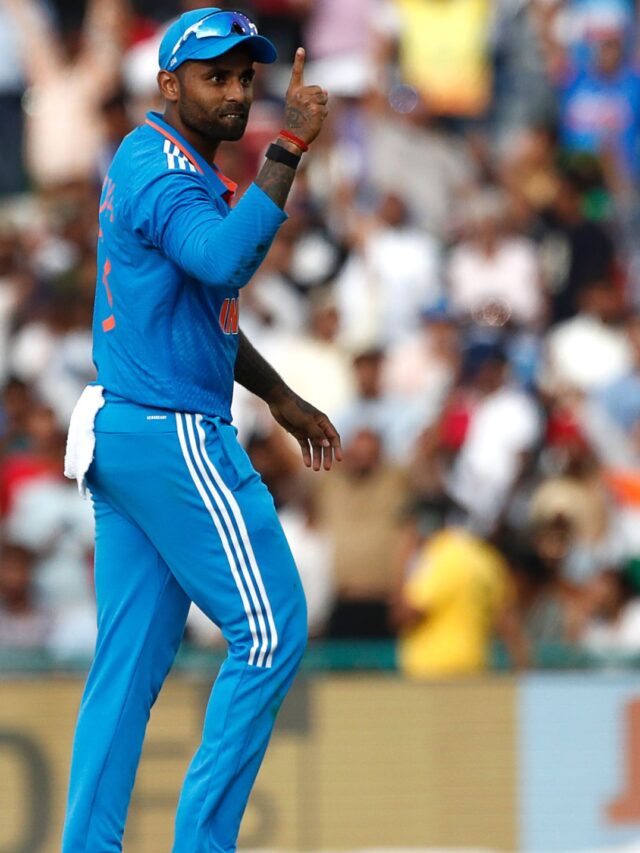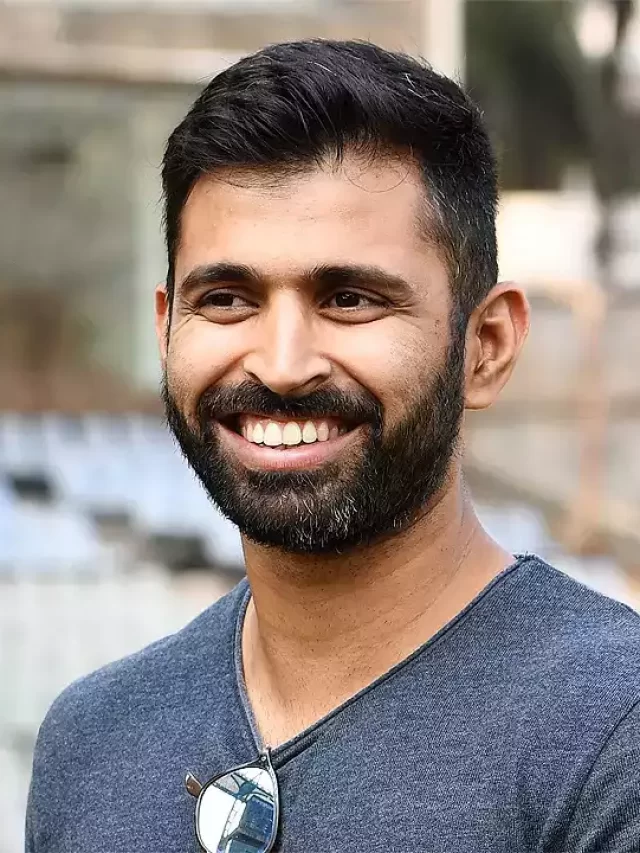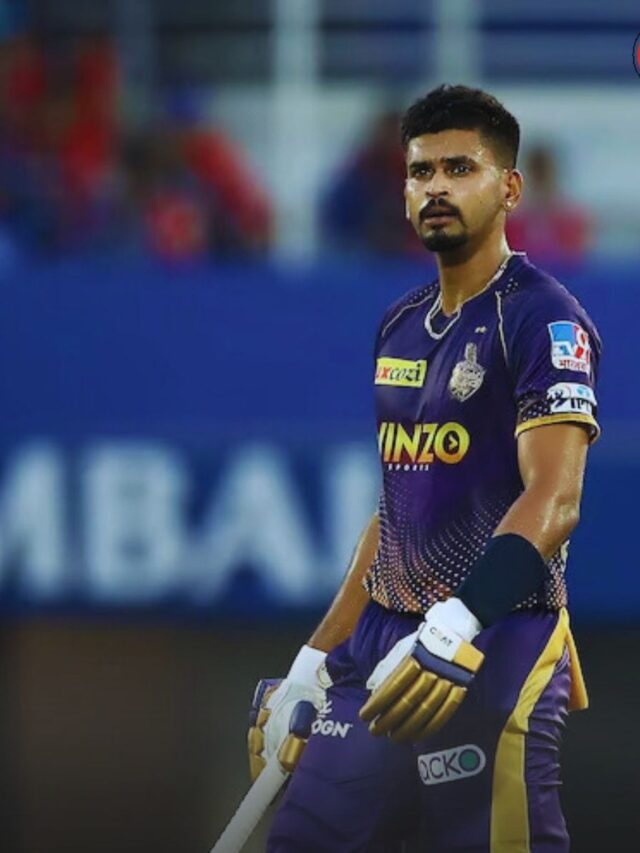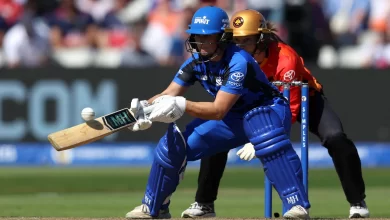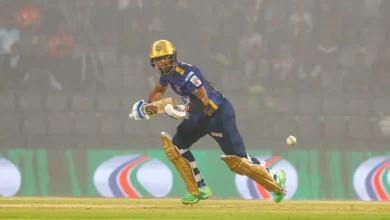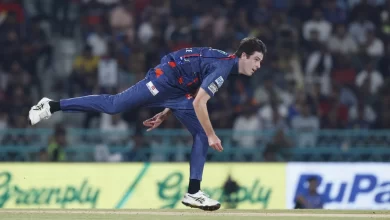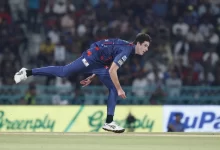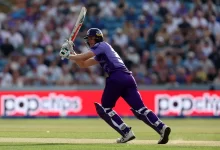Asia Cup 2025Asia CupCricket NewsIndian Cricket NewsIndian Cricket PlayersIndian Cricket UpdatesIndian CricketersIndian Men's Cricket NewsInternational MatchesPlayer PerformancesT20T20 Cricket News
Asia Cup 2025: Selectors Face a Dilemma in Picking India’s Strongest Squad
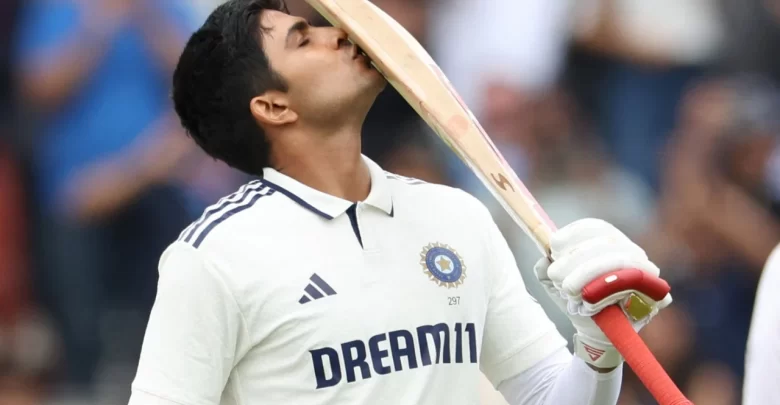
Star-Studded Pool Presents a Selection Puzzle
The upcoming Asia Cup 2025, scheduled from September 9 to 28, is shaping up to be one of the most hotly contested editions in recent history. The Indian selectors are expected to finalize the squad in a meeting early next week, most likely on August 19, but the process will be anything but routine.
With elite performers like Shubman Gill, Yashasvi Jaiswal, Shreyas Iyer, Mohammed Siraj, and Jasprit Bumrah all available, the selection committee is spoilt for choice. These names weren’t part of India’s last T20I outing in February against England, but that was a different context — a bilateral series at home. The Asia Cup will carry a far greater weight, especially given the potential of three high-voltage clashes against arch-rivals Pakistan.
In such a high-pressure tournament, the selectors are aiming for a squad as close to fail-proof as possible. The balancing act will be crucial, as every inclusion could mean a high-profile exclusion.
Gill’s Case: Runs, Records, and Reluctance to Omit
Few players have made as strong a case for selection as Shubman Gill. The right-hander lit up the Anderson-Tendulkar Trophy with a staggering 754 runs, cementing his status as one of India’s most reliable batters. Immediately upon returning from England, Gill threw his hat into the ring for the Duleep Trophy, signalling his readiness to play all forms of cricket.
Gill’s T20I absence has stretched for over a year, but his recent form in the IPL — 650 runs at an average of 50 and a strike rate of over 150 — is impossible to ignore. With Virat Kohli retiring from T20Is, Gill finished as one of the top three scorers of the season, behind only Sai Sudharsan and Suryakumar Yadav.
However, the challenge lies in the current T20I batting order, which already features a settled opening pair in Abhishek Sharma and Sanju Samson, backed by Tilak Varma, Suryakumar Yadav, Shivam Dube, Rinku Singh, and Hardik Pandya. Dropping any of these in-form players to accommodate Gill would be a tough call.
Siraj’s Fight for a Spot
A Tale of Two Seasons
While Gill dominated with the bat, Mohammed Siraj emerged as the most successful bowler in the Anderson-Tendulkar series, bowling more overs and taking more wickets than any other Indian. His match-winning spell at The Oval was a testament to his tenacity and ability to thrive under pressure.
But unlike Gill, Siraj’s IPL campaign was modest, claiming 16 wickets in 15 matches. Comparatively, teammate Prasidh Krishna impressed with 25 wickets from 15 matches, putting pressure on Siraj’s claim for a spot. With Jasprit Bumrah returning — widely regarded as the best fast bowler in the world — the competition for pace slots is fierce.
The Jaiswal and Iyer Equation
The selectors also face a tricky decision regarding Yashasvi Jaiswal and Shreyas Iyer. Both bring aggression and stability in their own ways, but including them could mean sidelining equally capable batters. This makes the squad composition a true test of strategy and foresight.
A Balancing Act for a High-Stakes Tournament
The Asia Cup is not just another tournament; it’s a prelude to India’s T20 World Cup 2026 preparation and an opportunity to test combinations under intense competition. The selectors must weigh form, experience, and team balance to ensure the squad is capable of handling powerplay aggression, middle-order adaptability, and death-overs precision.
For more on India’s Asia Cup history and key rivalries, check out this detailed breakdown of India vs Pakistan cricket encounters.
The squad announcement will reveal not just the chosen 15 but also the selectors’ strategic vision for India’s white-ball future. With a blend of established stars and rising talents, the final team will need to strike the perfect balance to dominate the continental stage.


